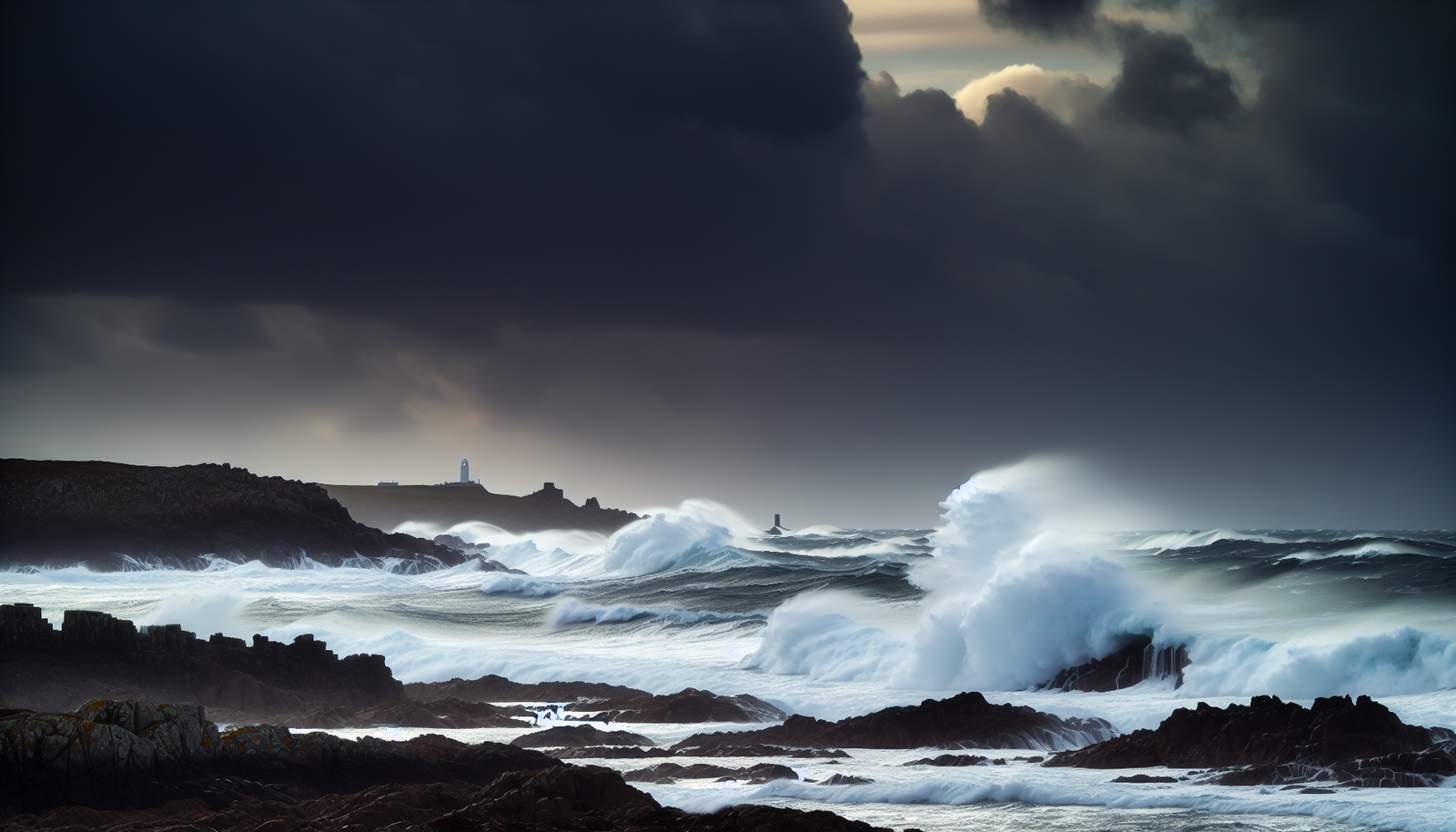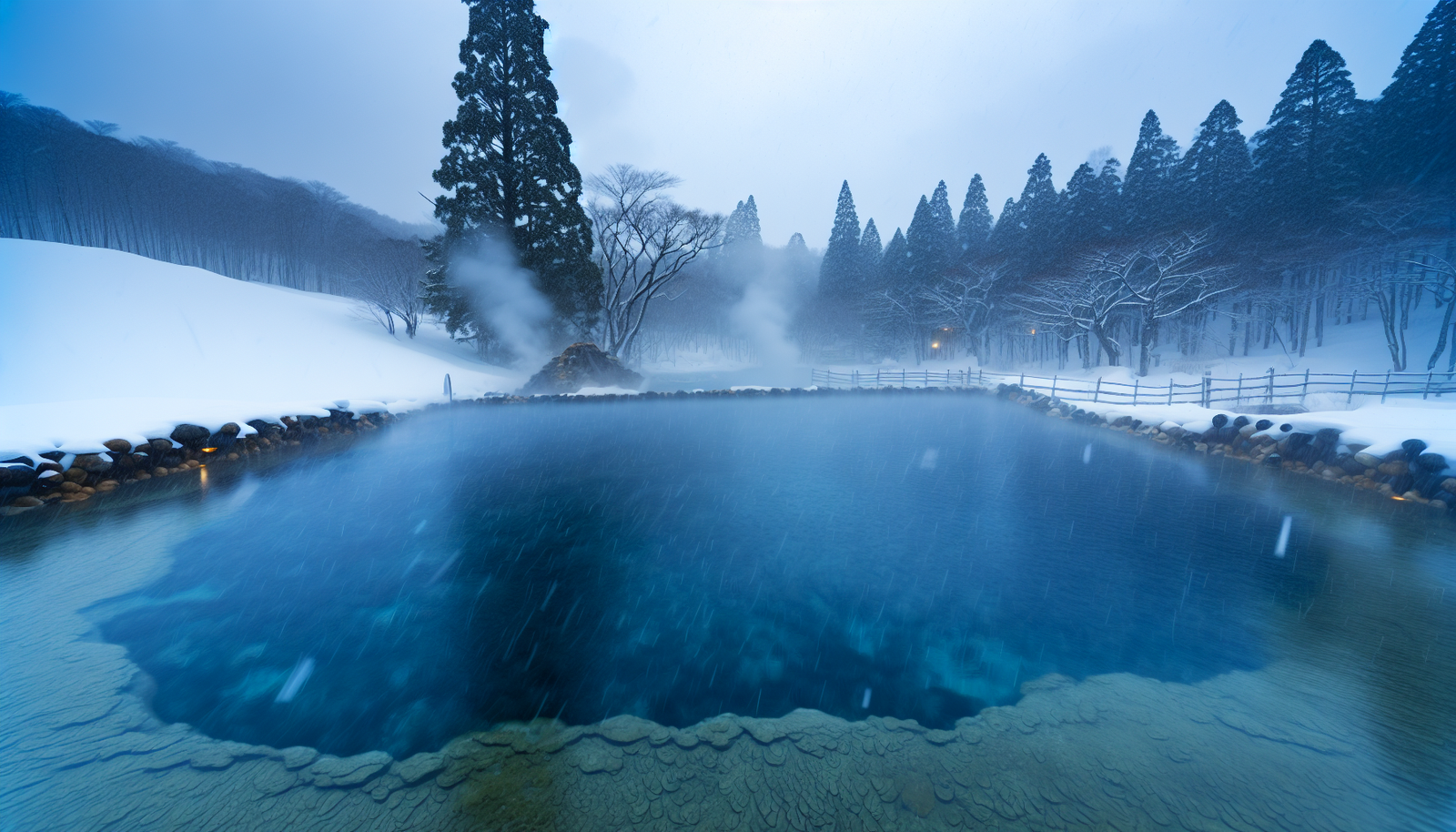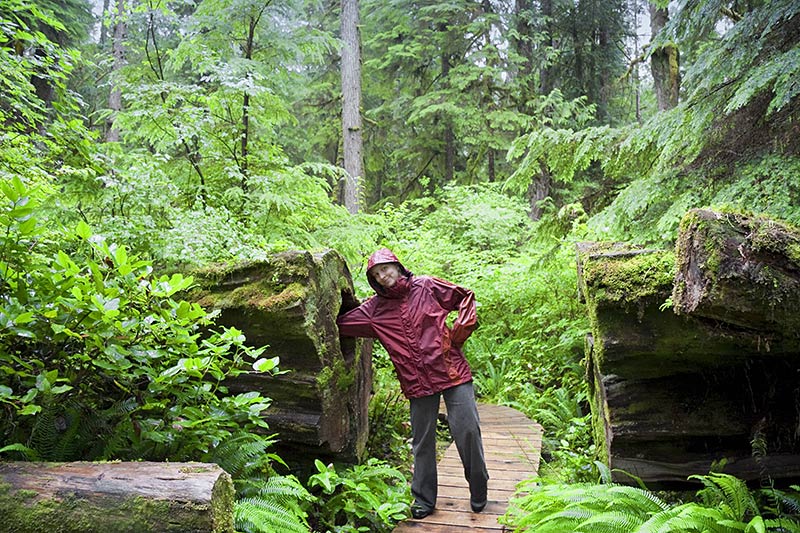Are you seeking the thrill of Vancouver Island storm watching? Discover epic locations and essential safety tips. This guide will navigate you through the best off-season adventure, ensuring an unforgettable encounter with the island’s winter fury.
Key Takeaways
-
Vancouver Island offers an awe-inspiring storm watching experience from November to February, with oceanfront accommodations providing safe, dramatic views of the Pacific Ocean’s power.
-
Safety is paramount during storm watching, so one should observe weather conditions, tide schedules, and appropriate gear—including waterproof and warm clothing.
-
Besides the thrilling storms, Vancouver Island also presents serene beachcombing, rainforest explorations, winter surfing, and cozy culinary experiences to enhance your visit.
Embracing the Elements: Vancouver Island Storm Watching

Vancouver Island’s winter storms offer a mesmerizing natural spectacle that cannot be missed. The formidable energy of these storms shapes the rugged West Coast coastline, with awe-inspiring waves and moody skies embodying the untamed spirit of nature. From the comfort of oceanfront accommodations in Tofino, you can be a spectator to this dramatic display, watching surfers ride the waves and listening to the soothing sound of rain.
As the power of nature unfolds before your eyes, you’ll feel truly alive. The thrill of storm watching is unparalleled, offering an experience that will leave lasting memories. But, with this exhilarating adventure comes the need for safety and caution. After all, the sea in winter is as unpredictable as it is beautiful.
The Prime Time for Storms
From the onset of November to the close of February, Vancouver Island experiences its peak storm season, characterized by thrilling weather that creates ideal storm watching conditions. During these months, storms are quite frequent, with each month typically experiencing several storms that showcase the power of the Pacific Ocean.
December stands out for its potent winter storms, manifesting in fierce and dramatic weather patterns that are a sight to behold. Witness the strength of a winter storm through:
-
gale force winds
-
stormy weather
-
rolling waves
-
moody skies
There’s no such thing as bad weather, only different kinds of good weather. And on Vancouver Island, even the stormiest days have a beauty all their own.
Safety First: Coastal Wisdom
The thrill of storm watching on Vancouver Island lies in the chance to observe powerful waves, encounter the exhilarating high winds, and soak in the dramatic beauty of the storm. However, safety should always be your priority. Make sure to check the tides before heading out as the water can be quite exhilarating. Also, avoid standing on tidal rocks, even though the photo opportunities are amazing. The waves may surprise you and provide an unexpected adventure.
Appropriate dressing is another key factor for ensuring safety. Here are some tips for dressing for storm watching:
-
Wear a warm base layer
-
Top it with a wind and rainproof shell
-
Wear sturdy footwear, such as rubber boots
-
Don’t forget a waterproof backpack to protect your belongings
By taking these precautions, you can fully enjoy the thrill of storm watching, knowing you’re well-prepared for whatever the weather brings.
Vancouver Island’s Prime Locations for Storm Enthusiasts
With its stunning locations showcasing powerful winter swells, picturesque environments, and crashing waves, Vancouver Island provides an exciting experience for storm watchers. The island is home to a number of prime locations that offer front-row seats to the drama of the storms. From the mesmerizing swells at Chesterman Beach to the wild displays at Cox Bay Beach, each location offers its unique perspective on the spectacle of the storms.
Pacific Sands Beach Resort is a favoured accommodation choice among storm enthusiasts. Offering an excellent viewpoint for watching the storms and surfers, the resort combines the thrill of storm watching with the comfort of luxurious amenities.
Chesterman Beach: A Spectacle of Waves
Chesterman Beach is a must-visit for any storm enthusiast. Known for receiving some of the biggest swells in the winter months, this beach provides an ideal opportunity to witness the powerful and dramatic forces of nature in action. Here, waves reaching heights of up to 12 meters (40 feet) create an awe-inspiring spectacle that leaves viewers captivated.
As you marvel at the towering waves and dynamic skies, remember to prioritize safety. Here are some tips to keep in mind:
-
Dress in layers, with a warm base and a wind/rainproof shell.
-
Wear sturdy shoes with good traction.
-
Keep a safe distance from the water’s edge.
-
Avoid slippery rocks.
-
Stay updated about the weather forecast and changing tides.
With these precautions in mind, your storm watching at Chesterman Beach will be a truly unforgettable experience.
Long Beach: The Wild Expanse
For those seeking a vast expanse to witness the wild weather, Long Beach is the place to be. Located within the Pacific Rim National Park on the west coast, this beach offers a dramatic spot to watch the storms roll in. The beach stretches for an impressive 15.5 miles (25 km) between Cox and Quisitas points, offering plenty of space for storm watchers.
During storm season, Long Beach experiences significant rainfall, adding to the natural beauty of the area. The beach is graced with ten to fifteen monthly storms over the winter season, showcasing the power and consistency of the region’s storm activity. This frequency of storms makes Long Beach a sought-after destination for storm enthusiasts.
Wickaninnish Inn: Luxury Amongst the Gale
For those who desire a touch of luxury in their storm watching experience, the Wickaninnish Inn is the perfect choice. Designed with storm enthusiasts in mind, the inn offers a range of amenities that enhance the storm watching experience. Each guest room is equipped with full rain gear and rubber boots for beach exploration. The inn also offers an exclusive storm watching package that includes three nights’ accommodation for two, signature Wickaninnish Inn oilskin hats, and traveller coffee tumblers.
The inn also boasts the Ancient Cedars Spa’s Cedar Sanctuary, a tranquil spa treatment room that offers unobstructed views of the ocean’s rolling waves. After a day of storm watching, nothing can be more relaxing than a spa treatment against the backdrop of the powerful ocean.
The inn’s connection to storm watching stems from the McDiarmid family tradition of visiting the site to witness storms, which inspired the original design of the Inn.
Gear Up for the Storm
While storm watching is a thrilling activity, being well-equipped is fundamental to thoroughly enjoy the experience. When it comes to clothing and footwear, go for sturdy gumboots, a waterproof jacket, and potentially rain pants. Opt for tall rainboots with good traction or sturdy waterproof shoes. Reliable brands like Patagonia and Arc’teryx offer offshore waterproof jackets that will keep you dry and warm in the coastal areas.
By being well-prepared, you can focus on the beauty of the storm without worrying about discomfort or inconvenience.
When the Storm Subsides: Calm Day Activities
While storm watching is an exhilarating experience, the calm days that follow the storms offer their own unique charm. Once the storm subsides, the beach transforms into a sanctuary for beachcombers. Florencia Bay, South Beach, and Tonquin Beach in Tofino are perfect spots for beachcombing, offering the chance to discover treasures washed ashore by the storm.
On a calm day on Vancouver Island, you can:
-
Enjoy the serene experience of hiking in the stunning natural landscapes
-
Spot wildlife and appreciate the island’s diverse ecosystems
-
Recharge in the tranquillity of nature
-
Wander along the beach or explore the island’s interior
A calm day on Vancouver Island offers a relaxing respite from the thrill of storm watching.
Navigating the Journey: Travel Tips to Tofino
Making your way to Tofino, the hub of storm watching, is an adventure in itself. The scenic route offers the opportunity to visit various attractions and stops such as:
-
Nanaimo
-
Rathtrevor Beach Provincial Park
-
Parksville
-
Qualicum Beach
Staying updated on road conditions is crucial for ensuring a smooth and stress-free journey. The local road conditions website provides live updates on traffic flow, delays, accidents, construction, and road closures. Additionally, DriveBC’s website offers detailed conditions for Highway 4, including weather cameras and current road information. By staying informed, you can ensure that your journey to Tofino is a safe and enjoyable one.
Capturing the Fury: Photography Tips for Storm Watchers

Storm watching offers a visually stunning spectacle and the thrill of capturing its beauty rivals that of watching it. Using manual mode for storm photography gives you full control over the camera settings, including ISO, aperture, and shutter speed. This control is crucial for capturing the dramatic dynamics of the storm and achieving stunning, professional-quality photographs.
However, capturing the fury of the storm involves more than just adjusting camera settings. Safety is paramount. Here are some tips to keep in mind:
-
Stay informed about the weather
-
Take shelter when necessary
-
Avoid standing under trees
-
Keep a safe distance from the storm
-
Stabilize your camera with a tripod
-
Take precautions against lightning
With these tips, you can immortalize the majesty of the storm in your photographs.
Beyond the Beach: Other Winter Adventures on Vancouver Island
Although storm watching is a prime winter highlight on Vancouver Island, the island also offers other adventures that match its excitement. Winter surfing is thrilling, with big swells and fewer crowds making for an exhilarating experience. Tofino, in particular, offers some of the best winter surfing conditions on Vancouver Island.
Another unique winter adventure on Vancouver Island is exploring the island’s rainforests. Despite the rainy season, or perhaps because of it, the rainforests come alive during winter. The lush greenery and abundant wildlife of the forest offer a magical experience that is in stark contrast to the fury of the storms.
Surf’s Up Even in Winter
Winter surfing on Vancouver Island is an exhilarating experience that shouldn’t be missed. While the water may be chilly, the thrill of riding the winter swells is well worth it. Professional surfer Mathea Olin highly recommends winter surfing in Tofino, especially at Long Beach, which is well-known for providing some of the best winter surfing conditions on Vancouver Island.
Taking a few precautions is crucial for ensuring a safe and enjoyable surfing experience. Here are some tips:
-
Wear a winter wetsuit suitable for cold conditions
-
Surf with a buddy
-
Stay in waist-deep water when practicing
-
Use a surfboard that is large enough for stability and support
Following these tips can contribute to a safe and enjoyable surfing session.
So, even during the stormy winter months, the surf’s up on Vancouver Island!
Embrace the Rainforest in the Rain
The rainforests of Vancouver Island offer a unique beauty during the rainy season. As rain replenishes the streams and rivers, supports the lush vegetation, and shapes the ecosystem, the rainforest comes alive in a truly magical way. During this time, you can expect to encounter a thrilling variety of wildlife, including:
-
seals
-
humpback whales
-
otters
-
birds
-
black bears
-
an assortment of waterfowl
Hiking through the rainforest in the rain is a unique experience that offers a different perspective on the beauty of Vancouver Island. As you walk through the lush greenery, listening to the gentle patter of the rain and the calls of wildlife, you’ll feel a deep connection with nature that is truly rejuvenating. So, don’t let the rain stop you from exploring the beauty of Vancouver Island’s rainforests.
Warmth After the Chill: Hot Springs and Cozy Fireplaces

Nothing beats warming up and relaxing after a day of storm watching. And what better way to do so than by visiting natural hot springs or relaxing by a cozy fireplace? Hot Springs Cove is one of the finest hot springs on Vancouver Island, offering a comforting and rejuvenating experience after a day of storm watching.
In addition to the hot springs, you can also enjoy the warmth and coziness of a fireplace. This is a perfect way to unwind after a day of adventure, allowing you to reflect on the day’s experiences in the comfort of a warm space. So, after the thrill of the storm, take some time to relax and warm up – you’ve earned it.
The Culinary Side of Storm Watching
The thrill of storm watching is certain to whet your appetite. Thankfully, Vancouver Island offers a smorgasbord of culinary delights to savour during the storm season. From fresh, local produce like apples, beets, Brussels sprouts, cabbage, and carrots to sustainable food options at eateries such as A Comox Valley restaurant, Plantitude in Ladysmith, The Roost in North Saanich, and Shed Restaurant in Tofino, you’ll find a plethora of delicious options to satisfy your hunger.
And there’s nothing better after a thrilling day of storm watching than relaxing in a cozy and warm dining spot. Some of the wonderful dining spots where you can enjoy a warm meal and reflect on your storm watching adventure include:
-
LURE Restaurant & Bar
-
Swans Pub
-
Marilena Cafe & Raw Bar
-
Finn’s Seafood Restaurant
-
Fireside Grill
-
Ferris’ Grill & Garden Patio
-
Shelter Restaurant
-
Big Beach Lounge
-
Great Room at Long Beach Lodge Resort
Summary
From the thrill of witnessing the raw power of nature during a storm to the serene beauty of a calm day on the beach, Vancouver Island offers a unique adventure that is sure to leave a lasting impression. Whether you’re exploring prime locations for storm watching, gearing up for the storm, capturing the fury through your lens, or warming up after the chill, the storm watching experience on Vancouver Island is one that you’ll cherish forever. So, gear up, stay safe, and embrace the elements. After all, as the saying goes, there’s no such thing as bad weather, only different kinds of good weather.
Frequently Asked Questions
What month is best for storm watching in Tofino?
The best month for storm watching in Tofino is between the beginning of November and the end of February, with the possibility of early storms in late October or late storms in early March. Enjoy the dramatic weather!
Where is the best place to storm watch in BC?
The best place to storm watch in BC is the west coast of Vancouver Island, especially during the fall and winter months. Enjoy the powerful storms rolling in from the Pacific Ocean.
Where can I watch storms in Tofino?
You can watch storms in Tofino at Chesterman Beach, Cox Bay Beach, and the Kwisitis Visitor Centre deck within Pacific Rim National Park Reserve. Enjoy the powerful display of nature!




